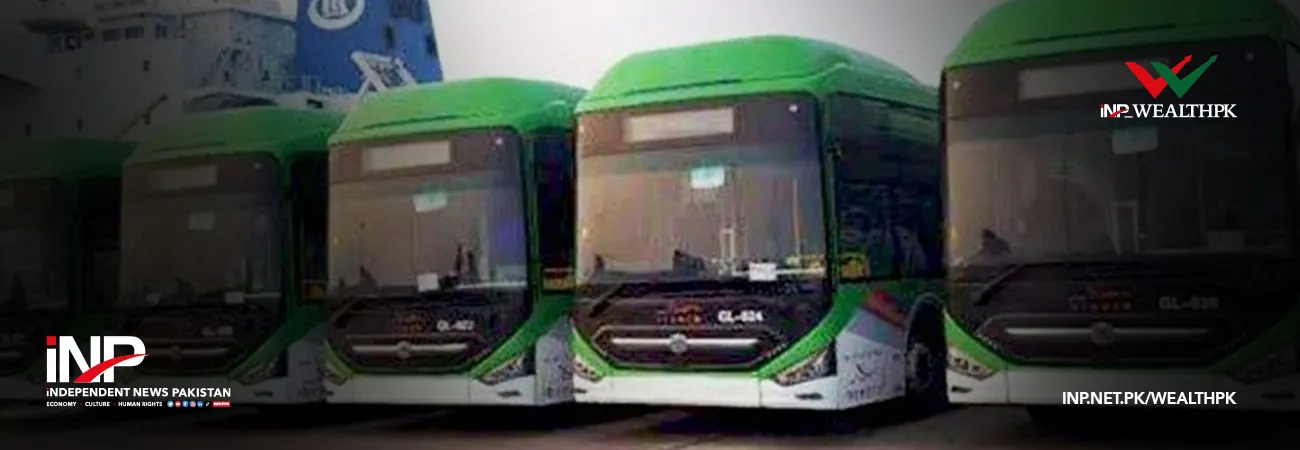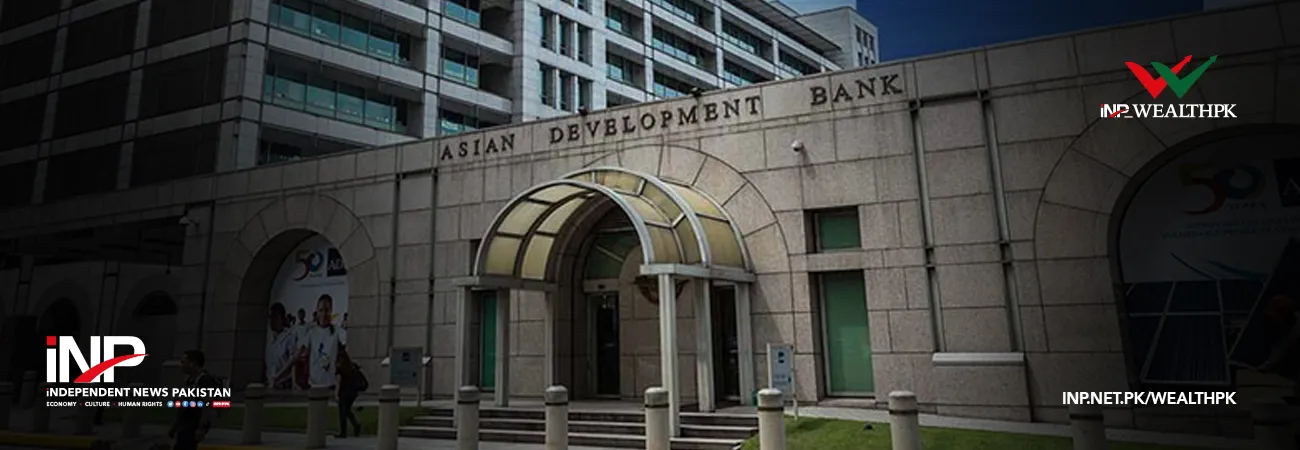INP-WealthPk
By Abdul Wajid Khan ISLAMABAD, Jan. 31 (INP-WealthPk) The State Bank of Pakistan (SBP) recently launched Asaan Mobile Account (AMA) to bring unbanked population into formal banking services for further promotion of digital financial inclusion in the country. Financial inclusion usually refers to the provision of equal opportunities to individuals and businesses to access suitable, affordable and timely financial services. It also leads to documentation of the economy and brings informal economy into the tax net. The smooth implementation of this initiative will help government achieve the target set under the National Financial Inclusion Strategy (NFIS). It is pertinent to mention that in order to address the challenges of low level of financial inclusion, Pakistan had developed a broader National Financial Inclusion Strategy (NFIS) in collaboration with Pakistan Telecom Authority, National Database and Registration Authority and other stakeholders. This strategy was formally launched and adopted by the government in May 2015. AMA will enable the customers to open branchless banking accounts and enhance digital access and use of formal financial services in the country. According to the latest figures compiled from Pakistan Telecommunication Authority (PTA), Pakistan currently has 188 million mobile subscribers with tele-density of 85.65 percent, while there are around 107 million 3G/4G subscribers with 48.60 percent penetration. So, the AMA initiative will cover the potential market of around 81 million mobile subscribers who currently have no access to the internet. According to details shared by SBP in its statement, AMA allows opening of a branchless banking account by dialling a simple code *2262# on a mobile phone. The account holder can deposit money in his/her account at any branchless banking agent and use the same for transactions through the mobile phone. Under this initiative, the customers will have the choice to choose from any of the 13 branchless banking service providers currently offering AMA. Speaking on the launch of the AMA recently, SBP Governor Dr Reza Baqir said the initiative was expected to bring a significant increase in bank account opening and a lack of internet access or proximity to branchless banking outlets and bank branches would no longer be barriers for Pakistanis to access the financial services. He highlighted that AMA will particularly help low-income segments, including women with non-digital phones and no access to internet, to enjoy banking, as it offers a simpler process, such as dialling a code, to avail themselves of financial services. Significance for sustainable growth: According to a research study, financial inclusion is positively and considerably associated with tax revenue and access to financial services has more sizeable effect on tax collection. The technological innovation ensures greater financial inclusion and more tax revenue while inefficient system leads to low levels of financial inclusion and low tax revenue. The Central Bank says that financial inclusion also helps in reducing poverty by increasing access to bank deposits, which enables individuals to accumulate savings in a safe and secure environment. It reduces vulnerability of poorer households via minimizing negative impacts of income shocks. It improves access to credit, thereby improving asset base. Financial inclusion increases economic growth by facilitating transactions, providing investment opportunities to all segments of the population, mobilizing savings and facilitating inflows of foreign capital including foreign direct investment (FDI), portfolio investment and bonds and remittances. The Central Bank has taken the timely step by launching AMA because it will produce positive results in the promotion of NFIS. However, analysts believe that further steps must be taken to boost digital financial inclusion because digitalization of any system itself raise opportunities to increase tax revenue and enhances the capacity and capability of track and trace system, thus ultimately boosting tax revenue. Talking to INP-WealthPk, Dr Sajid Amin, senior research fellow and chief of Sustainable Development Policy Institute’s Policy Solution Lab said Pakistan was far behind in digital financial inclusion, particularly in digital payments, because the share of payment in cash was very large in our economy. However, it is pertinent to mention that SBP is also taking several other measures to promote digital financial inclusion in order to increase the size of formal economy. It is a good sign to note that due to the efforts of SBP and other relevant institutions, digital payments adoption continued its journey on upward trajectory in the last fiscal year (FY21). The Central Bank’s recent report on Annual Payment Systems Review (PSR) for FY21 shows a strong growth in the space of digital financial transactions. According to the PSR, transactions processed through SBP’s large-value payments segment, known as Real-time Inter-Bank Settlement Mechanism (PRISM), recorded year on year (YoY) growth of 60.0% by number of transactions (volume) and 12.8% by value. Similarly, overall e-banking transactions registered YoY growth of 31.1% which highlights substantial increase in adaption of digital means for payments. This growth was spurred by a major uptake in mobile banking (29% increase in the number of users, 133.6% and 178.7% increase in volume and value respectively) and internet banking (32% increase in the number of users, 65.1% and 91.7% increase in volume and value respectively). These trends point towards a healthy growth in fostering a more digitally integrated economy. It is hoped that the modernization of the country’s payment system and financial infrastructure will be treated as a key priority and more efforts will be made to provide an enabling environment.













